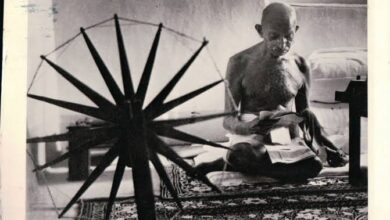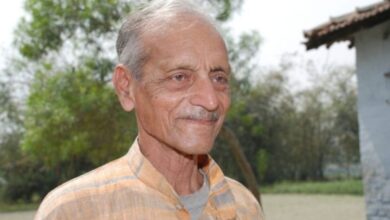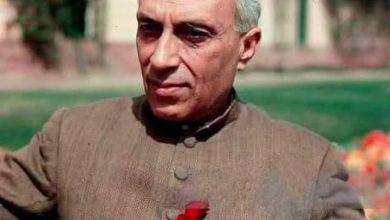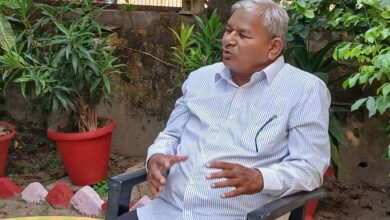Covid Pandemic & the rural healthcare in India: ‘A shabby & shameful saga of neglect & apathy’
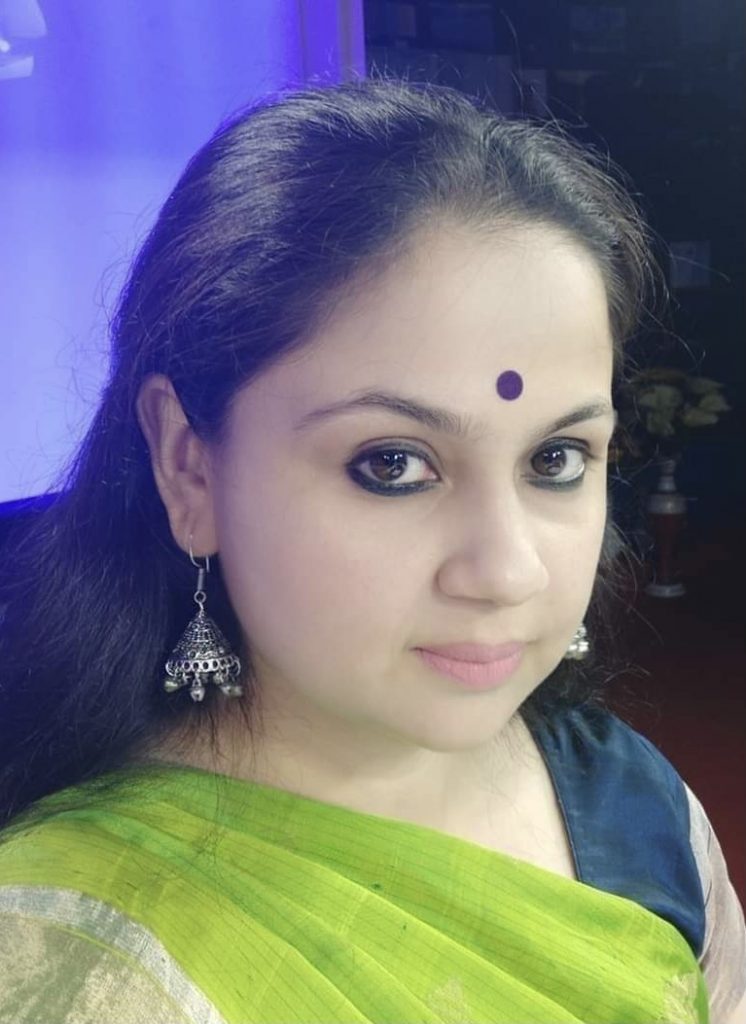
The second wave of the disastrous covid pandemic has devastated almost all the major cities. Big & small cities are affected alike & so are the rural areas witnessing saga of mayhem & chaos. Young members of families are being wiped off by this deadly pandemic leaving behind countless orphan children at the helm of god, their childhood & future lurching in dark. Cities, big & small saw hospitals running out of oxygen, & medicines. In rural & far flung areas doctors & clinics are even in shorter supply leaving residents to fight for their lives without access to health care.
The situation was grim & was more on an autopilot mode where the maneuvering was at the graces of god. Family members of those infected were having a hard time assimilating all the resources. In some cities, hospital beds were being provided while in other resources like oxygen were being bought by thefamily members themselves. The situation improved a little after oxygen reached to the needy throughJeevan Rakshak Trains.
In India health care & associated services are still in nascent stage. This became crystal clear when covidpandemic struck hard & engulfed in its fangs rich, poor, young, old, men, women, hindu-muslim alike !
In India, healthcare services have their own challenges of poor infrastructure, poor quality of care, shortage of doctors, nurses & healthcare workers. Patients thronging & sleeping on the floors of the government hospitals are a scene not new to us accompanied with lack of hygiene & beds.
The economic survey 2019-20 released information reflecting at the shortage of doctors in the country. The doctor population ration in India is 1:1456 against the WHO recommendation of 1:1000 whereas the nurse to patient ratio is 3:1777. Implying a shortage of 4,55,478 doctors and 18,09,757 nurses approximately. With enormous lack of healthcare professionals it is crucial to understand that in this pandemic doctors themselves are being infected due to covid19 adding to the woes of patients & their families.
In a state like Uttar Pradesh, the sudden surge in severe covid cases due to a new aggressive variant created an emergency situation for which the state was clearly unprepared. The state was engulfed in sorrow & despair as we saw countless bodies at cremation grounds. The virus in the second wave was more violent not giving enough time to the unsuspecting patients.
Lack of space for proper treatment, lack of space for a dignified burial & bodies floating from Uttar Pradesh’s Gazipur to Bihar’s Buxar were some of the many scenes that sent shivers down the spine. Certainly we saw humanity at its lowest ebb with large scale hoarding, black marketing & even the firewood used for the last rights either ran short or were being sold at a very high price.
Lack of space for proper treatment, lack of space for a dignified burial & bodies floating from Uttar Pradesh’s Gazipur to Bihar’s Buxar were some of the many scenes that sent shivers down the spine. Certainly we saw humanity at its lowest ebb with large scale hoarding, black marketing & even the firewood used for the last rights either ran short or were being sold at a very high price.
The spike in Covid cases certainly threw life haywire. This was the ground reality of the so-called smart city which had a future promise of enhancing the quality of life of its citizens. However the rapid spread of this aggressive pandemic proved almost all the claims to be mere ‘Castles in the cloud’.
schools shut but political activities went ahead
Soon rural India was deeply engulfed with this rapidly growing virus. The government of India set a very bad example where at some places schools were shut but then political activities went ahead as usual as in the case of Bengal & then the U.P panchayatelections!
The Bengal Elections created confusion in the minds of people when they saw huge rallies & big gatherings thinking corona to be a hoax, it was business as usual for the government as well as for the people. Some of the most horrifying pictures came from rural areas where bodies were found floating & buried in the shallow sandy graves of the river banks.
Death occurred in such large numbers & with crematoriums flooded with bodies, many rural poor could not even afford firewood for the last rights. The government certainly has no official records of the covid patients in rural areas as one thing is clear that in several of the cases neither testing was done nor treatment was provided. This was majorly due to lack of resources, lack of awareness & stigma attached to the disease. The only data of the horrifying pandemic were pots found to be hung from the trunks of the banyan tree in the memory of the dead.
Death occurred in such large numbers & with crematoriums flooded with bodies, many rural poor could not even afford firewood for the last rights. The government certainly has no official records of the covid patients in rural areas as one thing is clear that in several of the cases neither testing was done nor treatment was provided. This was majorly due to lack of resources, lack of awareness & stigma attached to the disease. The only data of the horrifying pandemic were pots found to be hung from the trunks of the banyan tree in the memory of the dead.
So a very crucial question arises that after so many years of Independence why still rural areas have traditionally weaker health infrastructure & fewer medical facilities & why after all rural areas are being given such step motherly treatment.
In a nutshell it can be said that the rural health care infrastructure has been developed as a three tier system & is based on some population norms. Sub centers, primary health centers, community health centers. The Sub-Centre is the most peripheral and first contact point between the primary health care system and the community. Each Sub-Centre is required to be manned by at least one Auxiliary Nurse Midwife (ANM) / Female Health Worker and one Male Health Worker.
Under NRHM, there is a provision for one additional second ANM on contract basis. One Lady Health Visitor (LHV) is entrusted with the task of supervision of six Sub-Centres. Sub-Centres are assigned tasks relating to interpersonal communication in order to bring about behavioral change and provide services in relation to maternal and child health,family welfare, nutrition, immunization, diarrhea control and control of communicable diseases programs. The Sub-Centersare provided with basic drugs for minor ailments needed for taking care of essential health needs of men, women and children.
The Primary Health Center is the first contact point between village community and the Medical Officer.The PHCs were envisaged to provide an integrated curative and preventive health care to the rural population with emphasis on preventive and promotive aspects of health care.
Then there are community health centers established & maintained by the state government. Required to be manned by four Medical Specialists i.e. Surgeon,Physician, Gynecologist and Pediatrician supported by 21 paramedical and other staff It has 30 in-door beds with one OT, X-ray, Labour Room and Laboratory facilities. It serves as a referral center for 4 PHCs and also provides facilities for obstetric care and specialist consultation.
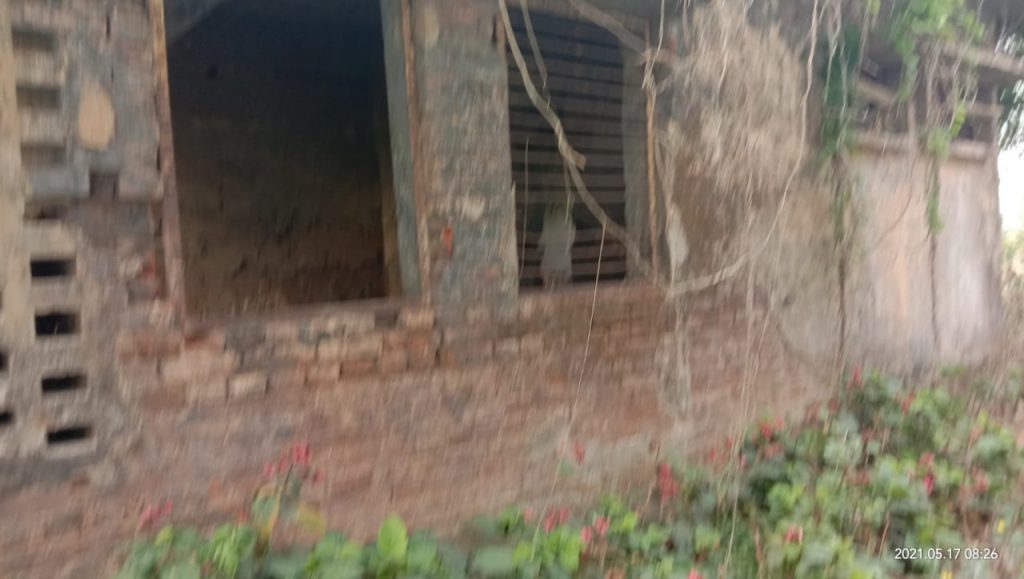
Community health center of Gram Sabha Bourdih Tiwari, Vikas Khand, Baitalpur
However the ground reality is much different from the official papers as clear from the pictures & the video above of the community health center of the gram sabha Bourdih Tiwari, Vikas Khand Baitalpur. This health center is in complete shambles & repeated requests from the concerned authorities have fallen on deaf ears. Now to some extent the question is answered. When the basic medical facilities are lacking one can imagine how the rural health centers will respond to a pandemic as serious as Covid19. Probably some honest efforts with sensitivity & a lot of iron will/political will might improve the situation.
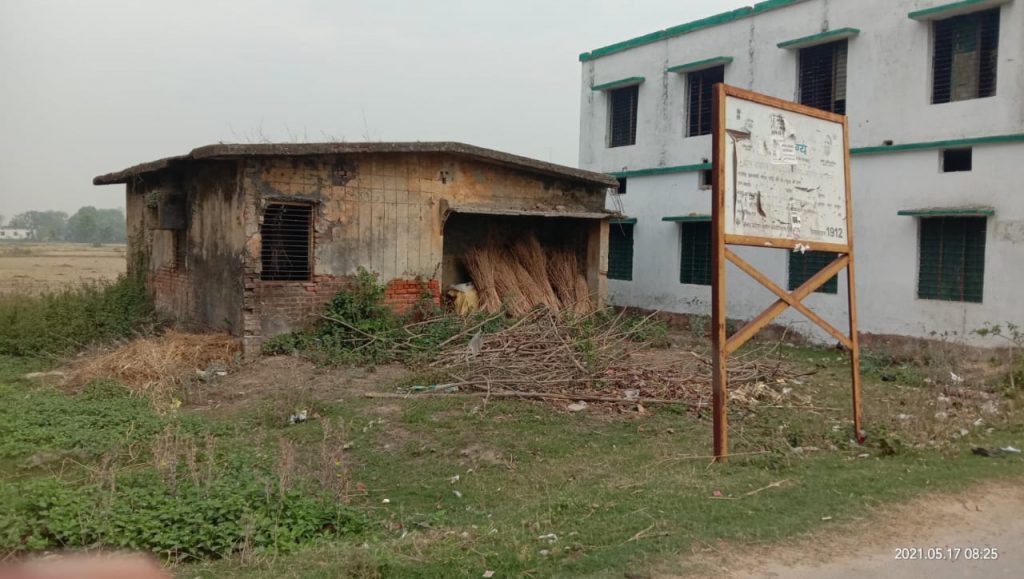
Community health center of Gram Sabha Bourdih Tiwari, Vikas Khand, Baitalpur
It is not a hidden fact that poverty & impoverishment serve as the biggest fodder for the propagation of political agendas as a result even after more than 70 years of independence the social, economic & health standards of the rural poor still remains stagnant. Home to more than 64% of country’s 1.3 billion populations rural India doesn’t even have 30% of nation’s health infrastructure at its disposal. It’s abouttime that we realize that rural poor are citizens of this very own country & that they are entitled to every bit dignity of what a human being is entitled!


